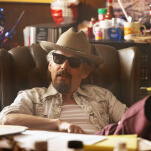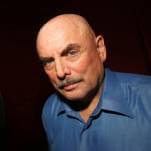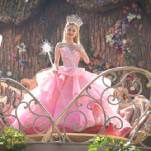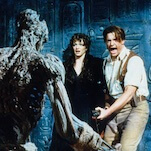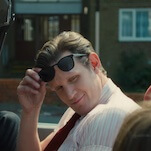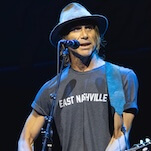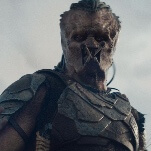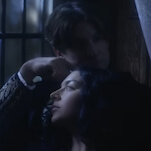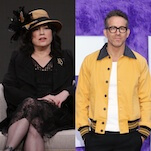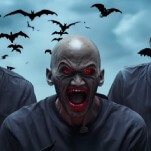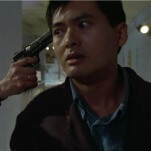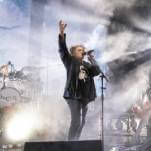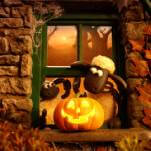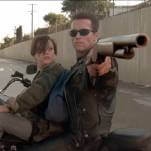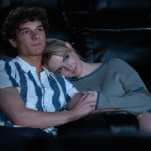If fiction tends to turn post-apocalyptic and dystopian in difficult times, then what does it mean when there’s no actual apocalypse, just a life getting slowly weirder and worse? Margaret Atwood’s The Handmaid’s Tale and Octavia Butler’s Parable Of The Sower may be the pinnacles of that particular form, where society’s decline has no specific cause. Kevin Barry’s novel City Of Bohane fits the mold, too. Though it nominally begins in 2053, that’s only mentioned in passing for the entire first half of the novel. Only once an odd set of tribal “sand-pikes” become players in Bohane’s politics does it become clear that the novel isn’t set in a known time and place. This feeling of being apart from time is one way City Of Bohane creates a welcome metaphorical tone, which is necessary, since the literal aspects of the plot and characters are rarely exciting on their own.
Bohane, likely a surrogate for Barry’s home city of Limerick, Ireland, is a town ruled by gangsters. The state is almost completely absent, which raises the stakes for the novel’s central love triangle between a woman and Bohane’s current and former gang leaders. At its heart, City Of Bohane is so simple as to be cliché. The Gant, a one-time major player in Bohane’s gangs, returns to town to pursue his old love, Macu, who is now married to he Gant’s former partner, Logan Hartnett, the present leader of Bohane. Predictably, this return coincides with increased tension in the city, and helps trigger a gang war and other fairly conventional mob storylines.
Barry’s novel uses dense language and slang, alongside a semi-omniscient narrative voice that does as much to obfuscate as to clarify. He’s also fond of describing characters’ outfits more than anything else—a description of Logan runs “He was all got up in a wowser of a straight-cut grey vinyl suit—its sheen catching the Ho Pee’s fairy-light glow—and there was a matching grey vinyl macintosh laid over the back of his chair. Dapper motherfucker.”
The stylized language changes from character to character, but the novel’s most compelling formal moment comes when The Gant writes a letter to Macu. Here, suddenly, all the linguistic flair is stripped from the words, and it becomes clear just how much of the book is based on the lushness of its language. That lushness doesn’t also translate into depth, though, which is City Of Bohane’s biggest problem: its fascinating writing isn’t matched by a fascinating story.


